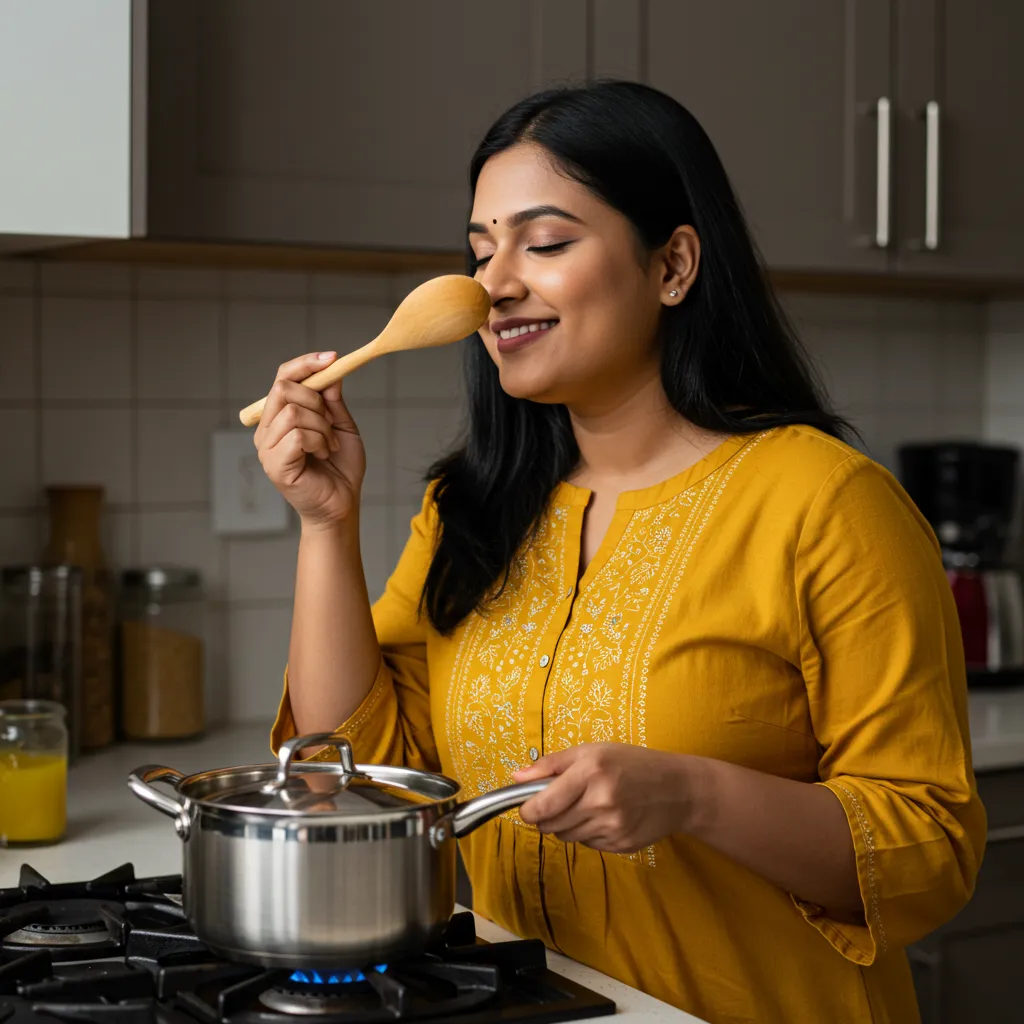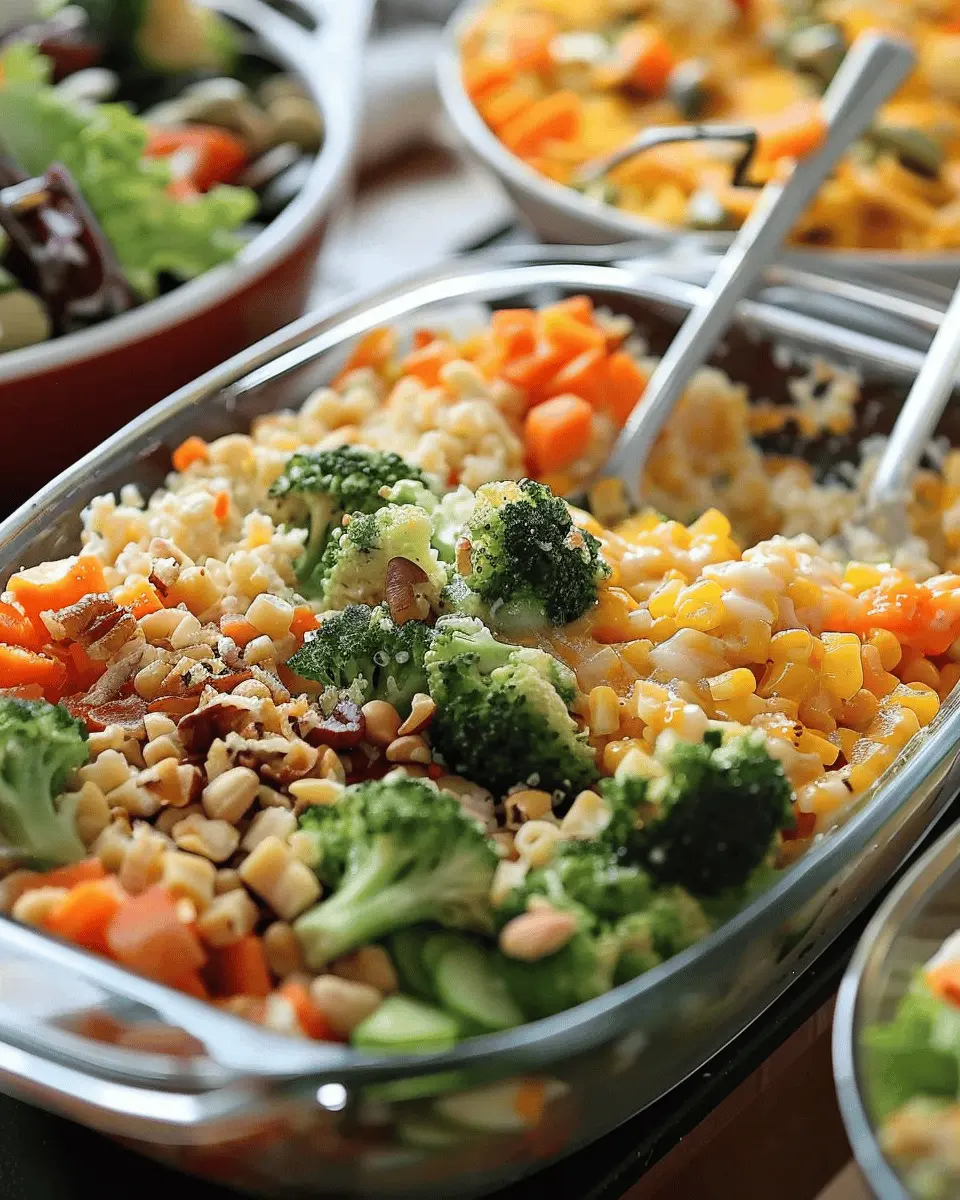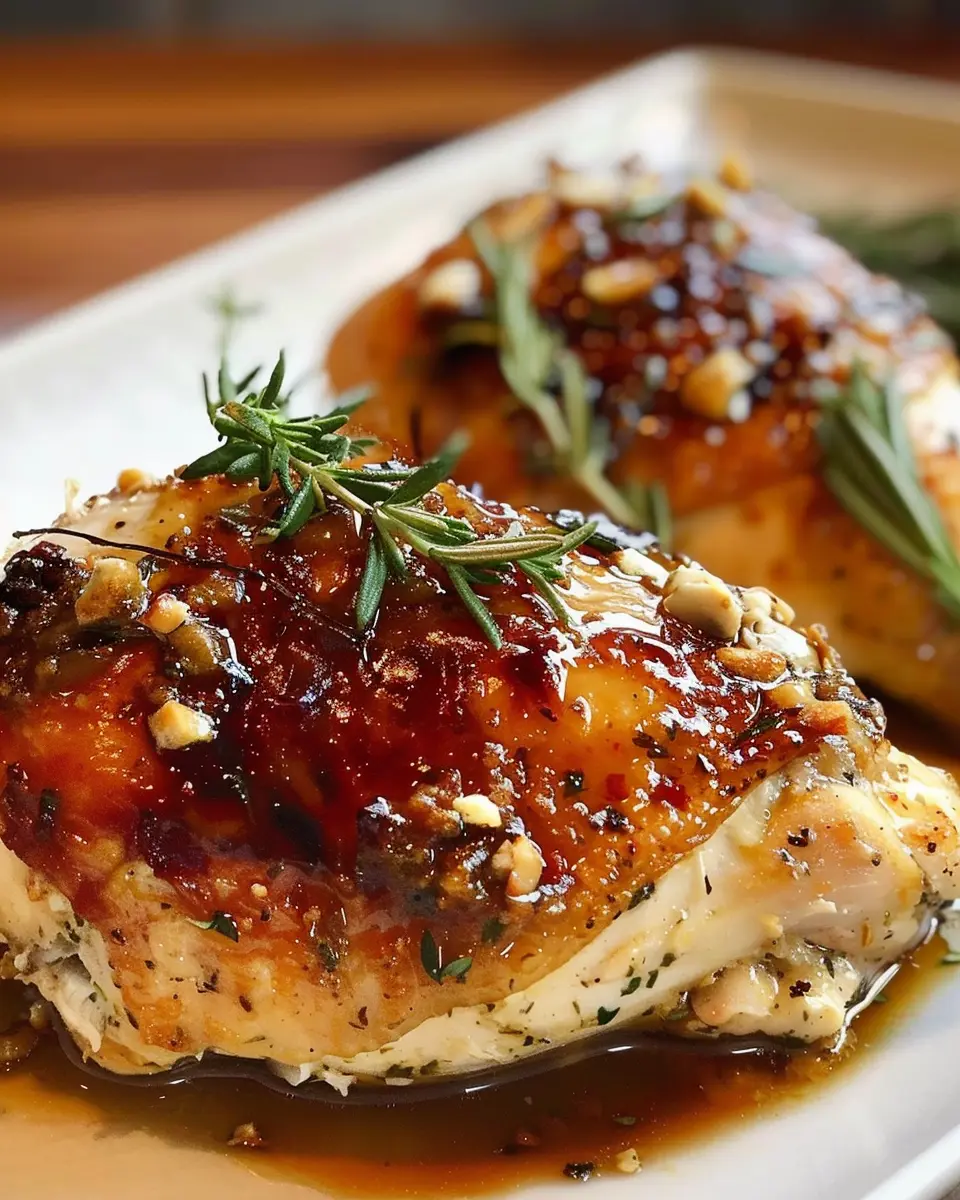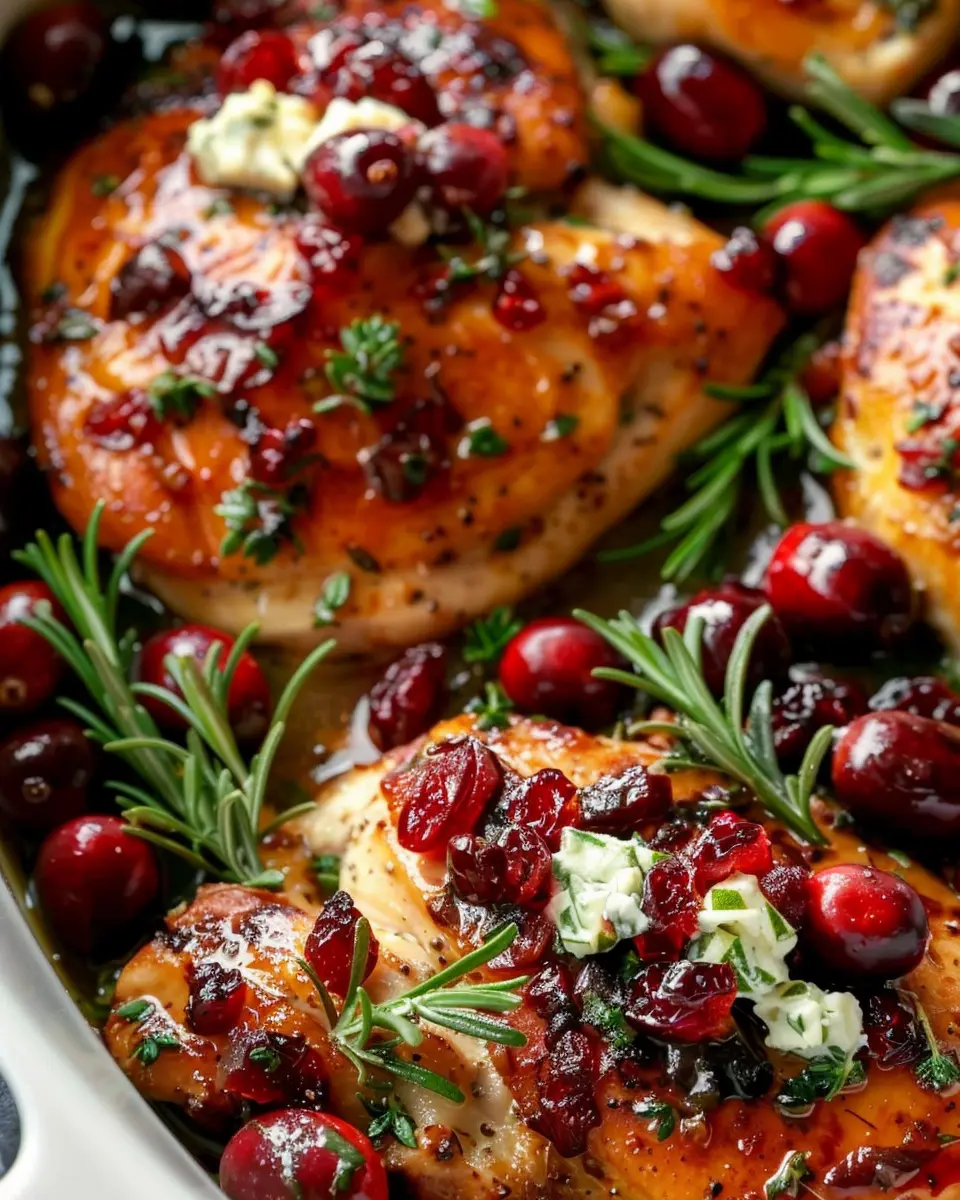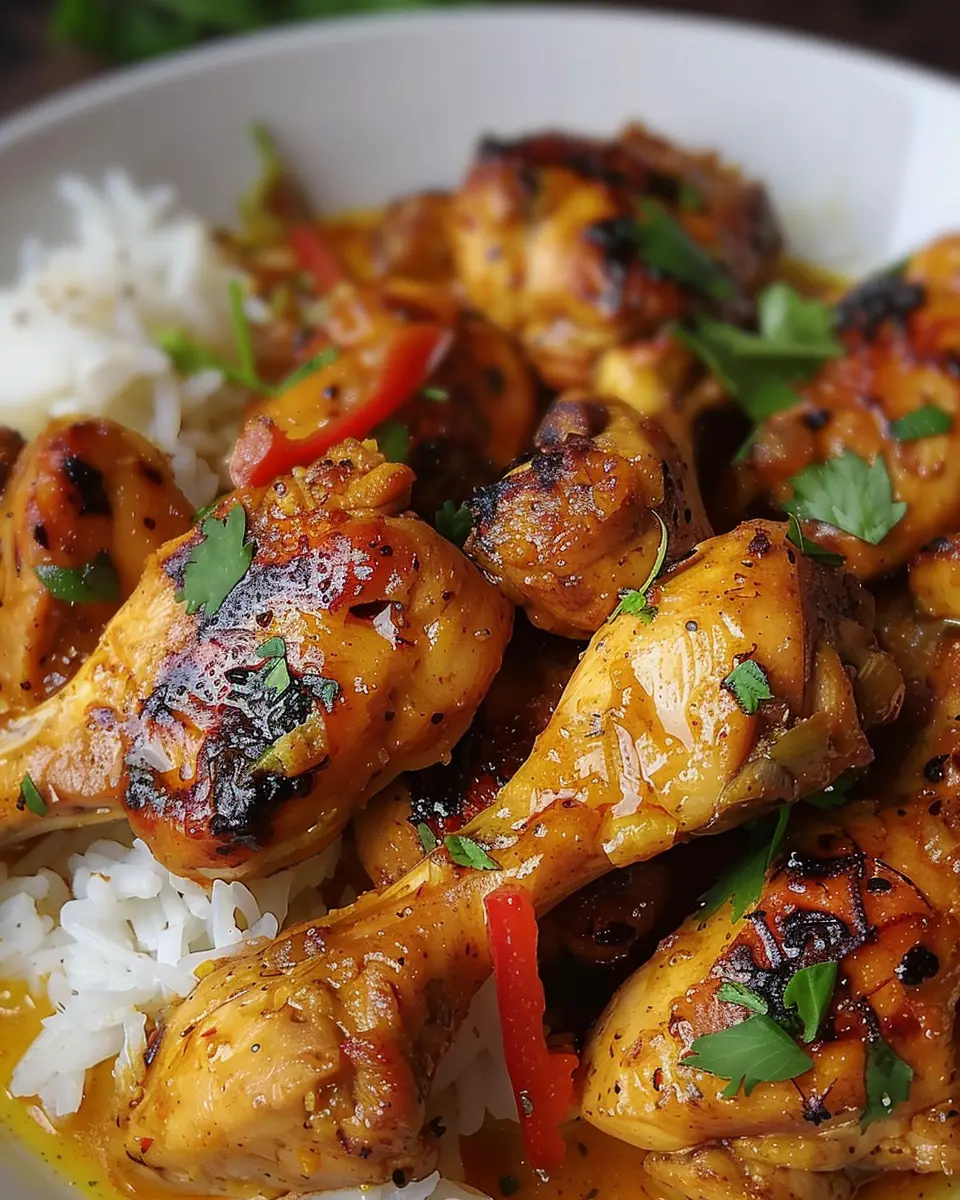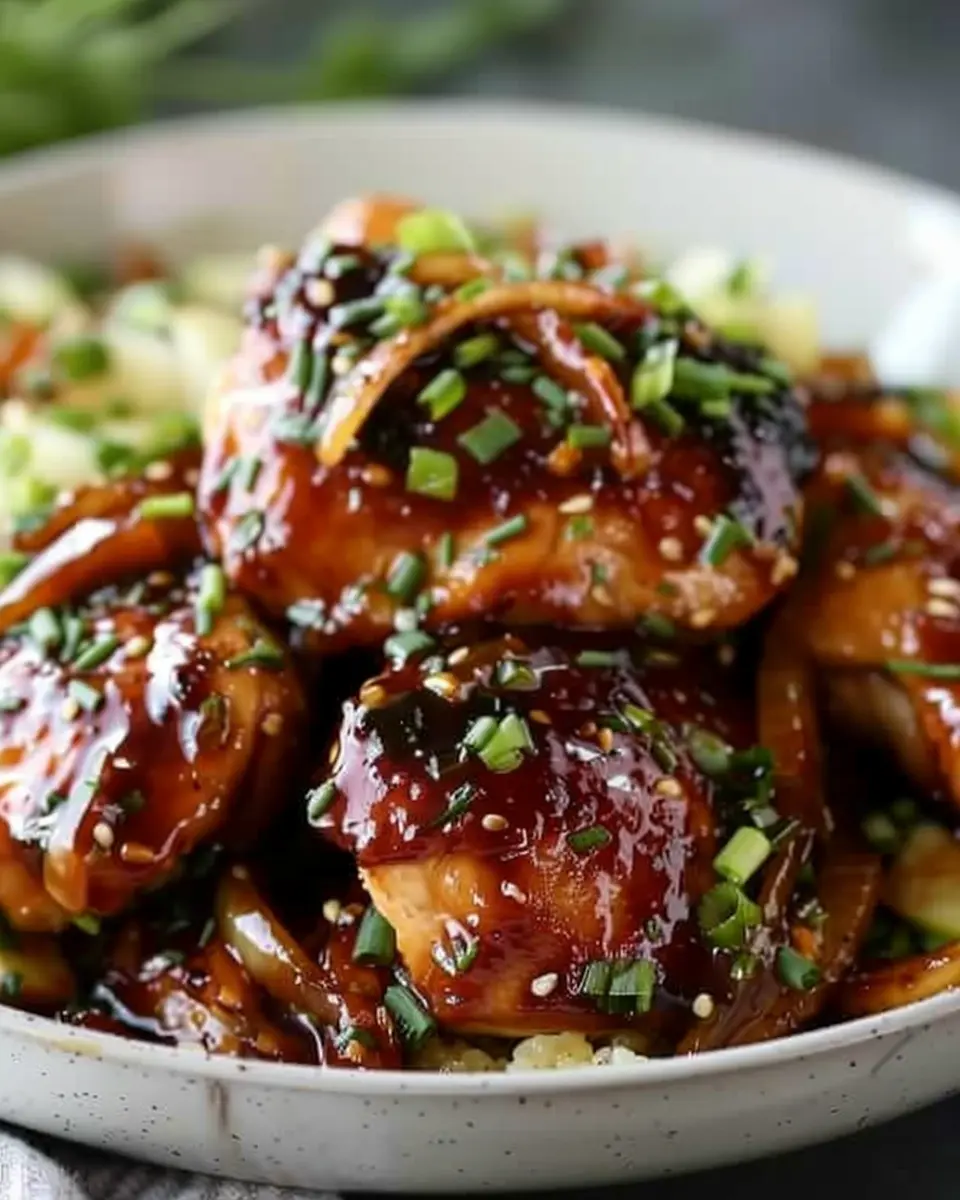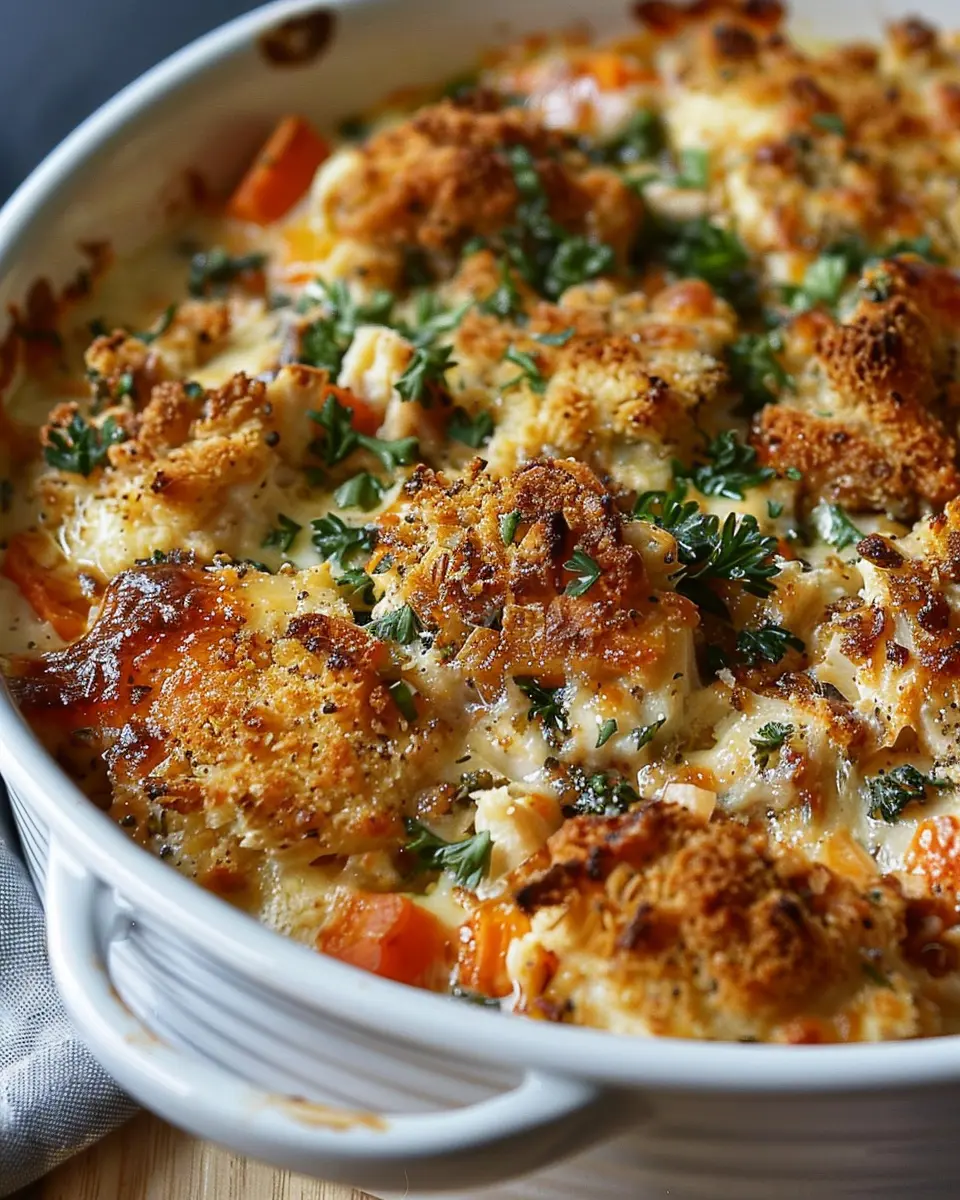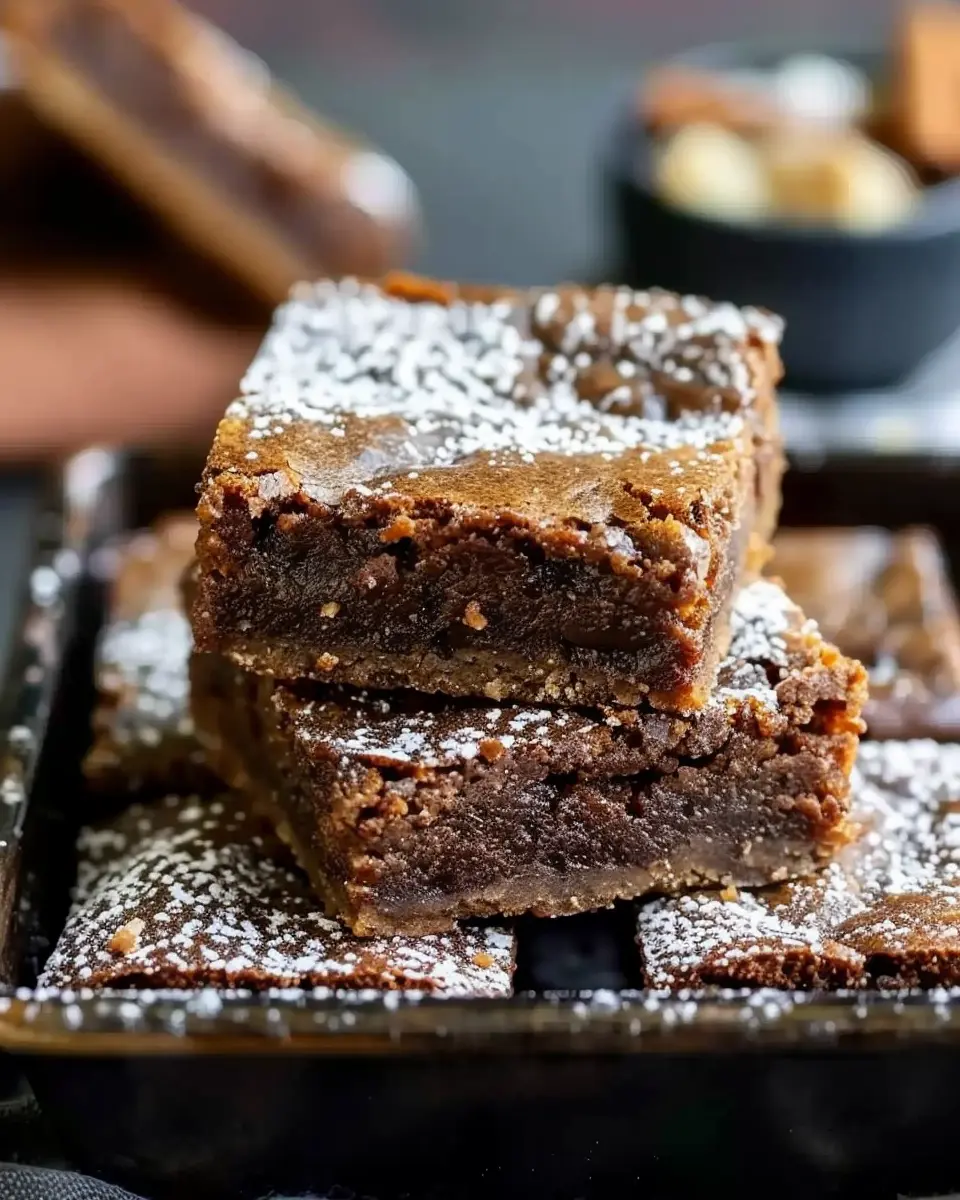Introduction to Side Dishes
When we think about creating a delicious meal, we often focus on the main event—be it a succulent roast or a vibrant pasta. However, side dishes play a vital role in elevating our dining experiences. Think of them as the supporting actors to the main star, enhancing flavors and textures while providing balance to our plates.
Why Side Dishes Matter for Your Meals
The right side dishes can transform an ordinary meal into something extraordinary. They offer a variety of tastes and nutrients, making your dish more appealing and satisfying. For instance, a light salad or roasted vegetables can add freshness and color to your plate, while a creamy gratin provides comfort and richness. According to a study from the Culinary Institute of America, meals with diverse side dishes tend to be more enjoyable, improving diners’ overall satisfaction.
But it’s not just about flavor; side dishes are also a great opportunity to include additional nutrients. By incorporating vegetables, grains, or legumes, you can boost the health factor of your meal significantly. If you’re looking to increase fiber intake or add essential vitamins, consider options like quinoa, steamed broccoli, or a colorful ratatouille. This not only supports your health goals but also adds a lovely variety to your table.
Another fascinating aspect is creativity! Side dishes allow you to experiment in the kitchen without the pressure of making them the main attraction. Trying out a new recipe for a garlic-infused roasted sweet potato or experimenting with a zesty lemon asparagus can be both fun and rewarding. Plus, these dishes can often be prepared ahead of time or with minimal cleanup, making them perfect for busy weeknight dinners.
Finally, don’t forget about presentation. A well-styled plate that includes a fresh side can elevate the aesthetic appeal of your meal and impress your dinner guests. Think about how a simple herb garnish or a colorful medley of vegetables can make your dish pop!
By giving side dishes the attention they deserve, you’re opening up a world of flavors and possibilities to enjoy at your next meal. Ready to explore some delicious options? Let’s dive right in!
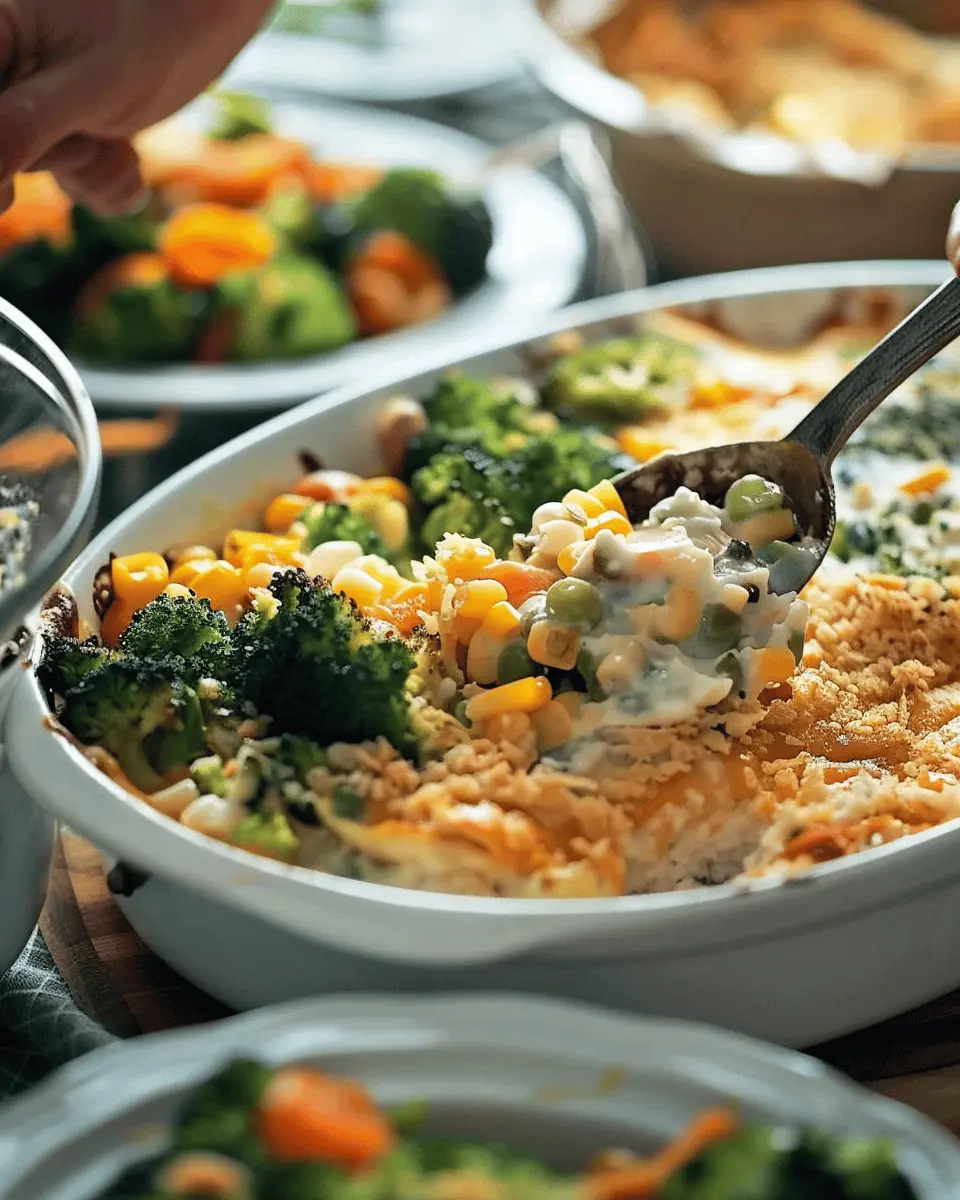
Ingredients for Delicious Side Dishes
Creating mouth-watering side dishes doesn’t have to be complicated. Whether you’re preparing a cozy dinner or hosting friends, having the right ingredients on hand can make all the difference.
Fresh and Frozen Options
Start with fresh vegetables like broccoli, carrots, and bell peppers. They not only add color but also pack a nutritional punch. For a time-saver, consider frozen alternatives such as spinach or peas—they’re often flash-frozen at peak freshness and retain their nutrients. You can easily toss them into stir-fries or steam them for a quick side.
Pantry Staples
Don’t forget about pantry staples! Items like quinoa, rice, and lentils serve as fantastic bases for your side dishes. You can spice them up with herbs and seasonings, such as garlic, basil, or even a hint of lemon juice for brightness. If you want to incorporate protein, think about adding Turkey Bacon or Chicken Ham for that savory flavor that elevates any dish. Check out this guide for other great ingredient ideas that can complement your meals!
The versatility of ingredients means endless possibilities. Let your creativity shine!
Step-by-Step Preparation for Side Dishes
Creating delectable side dishes can elevate any meal, turning a simple dinner into a delightful culinary experience. Follow this straightforward guide to prepare side dishes that will impress your guests and satisfy your taste buds!
Gather Your Ingredients
Before diving into the cooking process, it’s crucial to gather all the necessary ingredients. A well-organized kitchen makes the preparation smoother and more enjoyable. Here’s what you might consider including:
- Fresh vegetables: Think seasonal choices like broccoli, carrots, or bell peppers.
- Grains: Quinoa, rice, or couscous can provide that hearty base.
- Proteins: Turkey bacon or chicken ham can add flavor.
- Herbs and Spices: Fresh or dried, these ingredients are essential for enhancing taste.
Not sure where to shop? Local farmers’ markets often have the freshest produce, and if you’re looking for quality proteins, check USDA’s Meat and Poultry Inspection for insights on sourcing reliable meats.
Prep Your Veggies
Now that you have everything gathered, let’s move on to prepping those veggies. This step is crucial for maximizing flavor and presentation.
- Wash and Dry: Clean your vegetables thoroughly to remove any dirt or pesticides.
- Chop Uniformly: Aim for even sizes to ensure they cook evenly. For example, if you’re chopping bell peppers, cut them into small, bite-sized pieces.
- Blanching (Optional): Consider blanching tougher vegetables like green beans briefly in boiling water to retain their vibrant color and crunch.
Did you know that cooking vegetables correctly can help preserve up to 50% of their nutrients? Incorporating vibrant veggies not only makes your plate appealing but also packs in nutrients.
Mix the Base Ingredients
With your veggies prepped, it’s time to prepare the base ingredients that will tie your side dishes together.
- Choose Your Base: If you’re using grains, cook them according to package instructions. If you’re going for a creamy base, consider using sour cream, yogurt, or a plant-based alternative.
- Add Flavor: Stir in essential flavors like garlic, olive oil, and fresh herbs (rosemary, thyme, or parsley work wonders). Be generous—these elements help your side dishes shine.
When mixing, don’t be afraid to play around with flavors. Try adding a sprinkle of smoked paprika or a squeeze of lemon for an unexpected twist. Why not think outside the box?
Assemble and Layer
Once your base is ready, it’s time to assemble and layer all those delicious components into your dish.
- Evenly Distribute: Start with your base in an oven-safe dish, adding layers of veggies, proteins, and cheeses if using.
- Toppings: Don’t skimp on toppings—think bread crumbs, nuts, or more cheese for a delightful crunch.
- Presentation: A well-presented dish is bound to impress. Use a colorful variety of vegetables along with appealing layers in your dish.
Have you ever noticed how a visually stunning dish can make your appetite grow? Presentation truly matters, especially when serving side dishes alongside a beautiful main course.
Bake to Perfection
The final step in your side dish adventure is baking to perfection.
- Preheat Your Oven: Aim for 350°F (175°C); this temperature is great for cooking and melding flavors together.
- Bake Time: Depending on the components, bake for about 20-30 minutes until everything is heated through and, if you added cheese, until it’s golden and bubbling.
- Check for Doneness: To ensure everything is cooked properly, a fork should easily pierce any vegetables.
And there you have it! With this step-by-step preparation, you’re equipped to create side dishes that will delight at your next dinner party or simply accompany a cozy weeknight meal. Happy cooking!
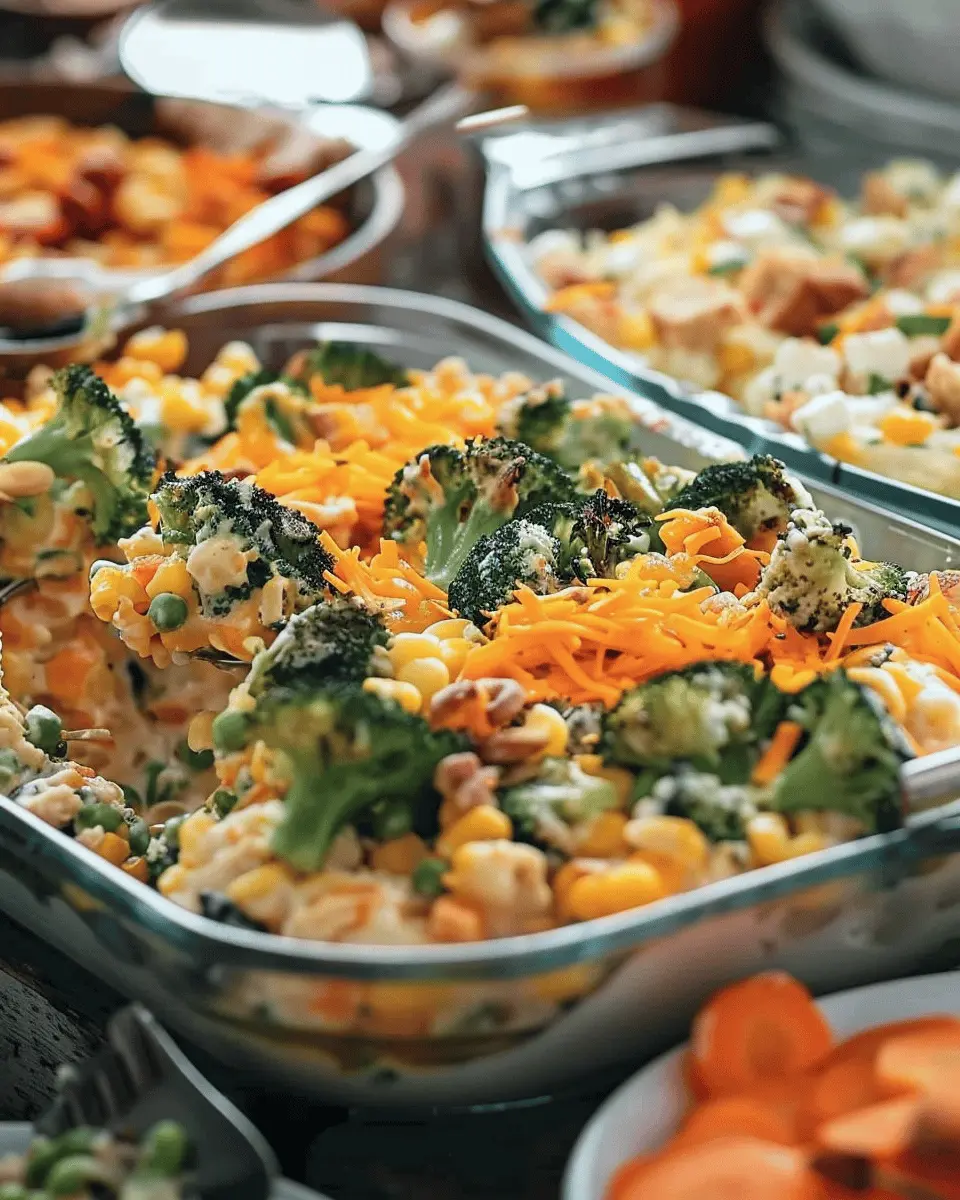
Variations on Classic Side Dishes
Seasonal Vegetable Casserole
Elevate your side dishes with a seasonal vegetable casserole that’s both colorful and delicious! You can easily customize this dish to highlight your favorite veggies. Picture tender zucchini, crisp asparagus, and sweet bell peppers baked in a creamy sauce.
To create a healthier twist, use a base of low-fat cheese and substitute turkey bacon for a smoky flavor without the extra grease. Here’s a quick guideline:
- Ingredients: Seasonal vegetables (like butternut squash, spinach, and cherry tomatoes), low-fat cheese, turkey bacon, and herbs.
- Instructions: Sauté the vegetables, mix in cooked turkey bacon and sauce, then bake until bubbly.
This dish not only looks inviting but is also packed with nutrients. If you’re curious about which vegetables are in season, check out resources like Eat Seasonably to stay inspired throughout the year.
Cheesy Rice Medley
If you’re a rice lover, you’ll adore this cheesy rice medley, a comforting alternative to plain rice options. Mix in a variety of grains, such as quinoa or farro, for a fun texture.
Here’s how to whip it up:
- Ingredients: Long-grain rice or your favorite grains, shredded cheese, chicken ham, and assorted herbs.
- Instructions: Cook the rice according to package instructions. Stir in shredded cheese and diced chicken ham while it’s still warm for that gooey, melty goodness.
This simple dish can be a great complement to many main courses, offering a delightful alternative that adds a punch of flavor. Plus, it’s a fantastic way to utilize pantry staples! For more fun variations, consider checking out some ideas on Bon Appétit.
Incorporating different flavors and textures can really transform your classic side dishes into something remarkable that your guests will rave about. Happy cooking!
Cooking Tips and Notes for Great Side Dishes
Creating mouthwatering side dishes can elevate any meal! Here are a couple of key tips to ensure your sides shine.
Experiment with Herbs and Spices
Herbs and spices are your best friends in the kitchen. Don’t hesitate to mix and match: basil, thyme, or rosemary can turn a simple vegetable medley into star-worthy side dishes. For inspiration, check out this herb guide that dives into flavor profiles and uses.
- Fresh herbs are often preferred for a burst of flavor.
- Dried herbs can be stronger, so adjust accordingly.
- Feeling adventurous? Try infused oils or spice blends for a unique twist.
Importance of Texture
Consider the texture of your side dishes as much as the flavor. A balance of crunch and creaminess can enhance enjoyment. For instance, pairing soft mashed potatoes with crispy roasted Brussels sprouts offers a delightful contrast.
- Think about color as well – vibrant veggies can make any plate visually appealing.
- Incorporate elements like nuts or grains for added crunch and health benefits.
With these simple tips, you can craft unforgettable side dishes that will impress your guests and satisfy your taste buds!
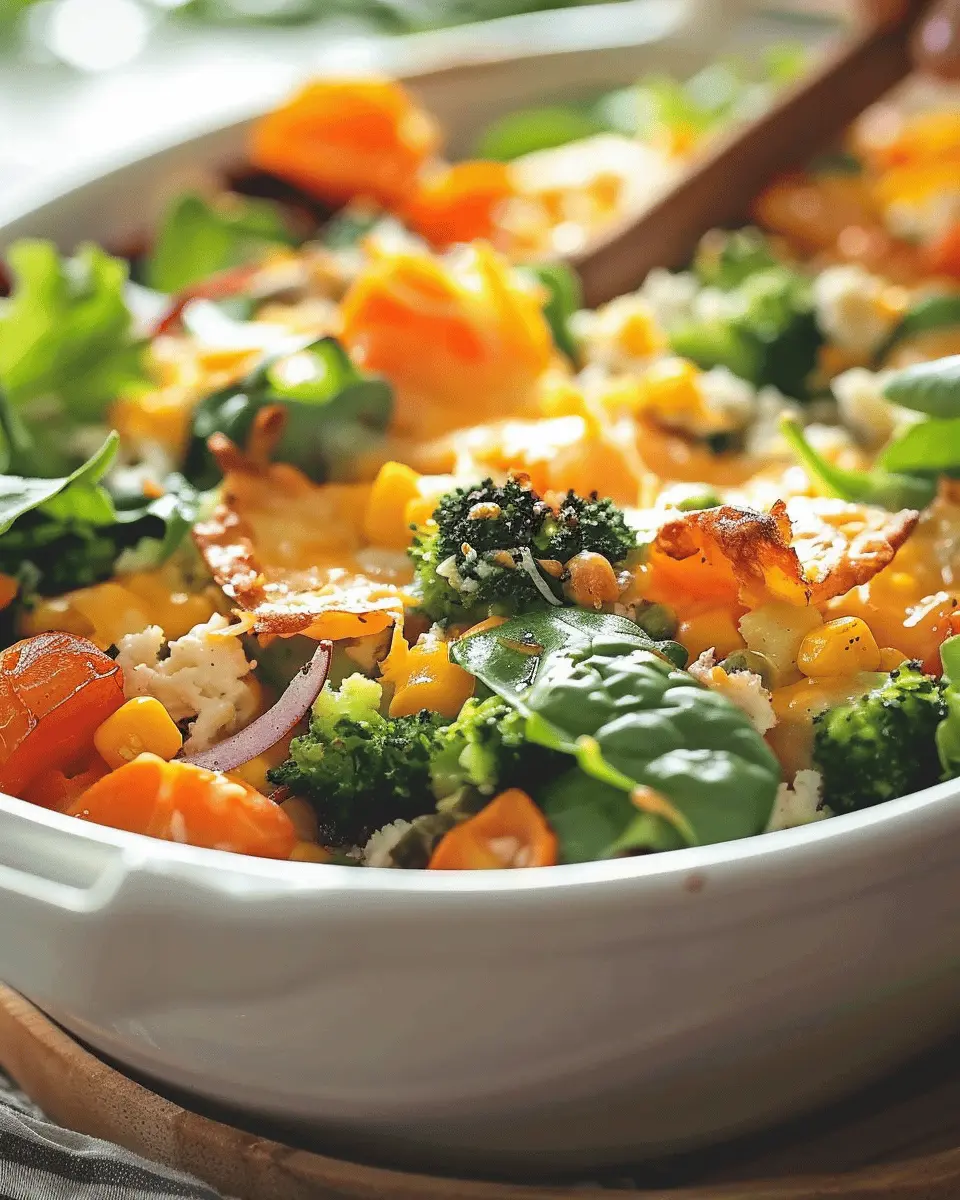
Serving Suggestions for Side Dishes
Pairing with Main Courses
When it comes to serving side dishes, the right pairing can elevate your meal. For example, consider serving creamy mashed potatoes alongside a flavorful grilled chicken or beef dish. If you’re enjoying a hearty roast, opt for roasted vegetables, which add a pop of color and freshness. For a fun twist, try pairing garlic butter asparagus with turkey bacon-wrapped chicken.
Don’t forget to cater to your guests’ preferences! Consider introducing different flavor profiles, like a tangy citrus salad beside rich, savory entrees. With so many options, you can cater to dietary restrictions too—often, a simple vegetable stir-fry serves as a fantastic, hearty side dish.
Presentation Ideas
Beautiful presentation can make even the simplest side dishes feel special. Use colorful plates or arrange your dishes in layers for an artistic flair.
- Consider garnishing with fresh herbs for a vibrant touch.
- Use a large platter for family-style meals, letting everyone serve themselves.
Remember, people eat with their eyes first! A delightful presentation not only enhances the dining experience but can also spark conversations about the incredible flavors at the table.
For more creative ideas on meal presentation, check out resources like the Culinary Institute of America or Food Network. Happy serving!
Time Breakdown for Side Dishes
Preparation Time
When it comes to side dishes, the preparation time can vary. Typically, expect about 10 to 20 minutes for chopping vegetables or mixing ingredients. Quick recipes, like a fresh salad or roasted veggies, often fall on the lower end.
Cooking Time
The cooking time for these delightful side dishes usually ranges from 20 to 40 minutes. Oven-baked options like cheesy garlic bread may need a bit more time, while sautéed greens can be ready in just 5 minutes.
Total Time
In total, you’re looking at a straightforward commitment of about 30 to 60 minutes from start to finish. This makes it easy to whip up side dishes that perfectly complement your main course without a massive time investment. Curious about quick options? Check out our quick side dish selections!
Nutritional Facts for Side Dishes
Average Calories per Serving
When it comes to side dishes, the average calories can vary quite a bit depending on the ingredients used. Generally, most side dishes hover around 150 to 300 calories per serving. For instance, a creamy potato salad may tip the scales higher, while a simple steamed vegetable medley can be on the lower end. If you’re mindful of caloric intake, opting for vegetables with light seasonings can be a guilt-free choice.
Dietary Considerations
It’s essential to consider dietary needs when preparing your side dishes. Whether you’re vegan, gluten-free, or watching sodium intake, there are plenty of options.
- Vegan-Friendly: Look for dishes that incorporate whole grains and legumes.
- Gluten-Free: Quinoa or rice-based sides can be great alternatives.
- Low-Sodium Alternatives: Boost flavors with herbs and spices instead of salt.
Helpful Nutritional Resources
For more detailed information on maintaining a balanced diet, check out Healthline and Mayo Clinic. These resources offer insights that can help you tailor your side dishes to fit a variety of dietary preferences while keeping things delicious!
Personalizing your side dishes not only makes meals more enjoyable but can also contribute significantly to your overall nutritional goals. So, what’s your go-to side dish recipe?
FAQs about Side Dishes
What are some easy side dishes that can be made quickly?
If you’re short on time but still want to impress, there are countless easy side dishes you can whip up in no time. Consider these options:
- Garlic Mashed Potatoes: Creamy and flavorful, you can have them ready in about 30 minutes.
- Roasted Vegetables: Chop up your favorite veggies, toss them with olive oil, and roast for 20-25 minutes.
- Quinoa Salad: A nutritious choice that takes less than 15 minutes to prepare. Mix cooked quinoa with diced vegetables and dressing for an instant hit!
- Steamed Broccoli: This classic takes just 5 minutes and adds vibrant color to your plate.
For more inspiration, check out sites like Food Network for quick and tasty side dish recipes.
How do you store leftover side dishes?
Proper storage is key to enjoying your leftovers. To keep your side dishes fresh:
- Use Airtight Containers: Store your leftovers in airtight containers to prevent moisture loss and keep them flavorful.
- Refrigerate Promptly: Place your side dishes in the fridge within two hours of cooking. This helps minimize bacterial growth.
- Label and Date: If you’re making several dishes, it’s handy to label your containers with the contents and the date made.
For more tips on food storage, visit USDA’s Food Safety resource for best practices.
Can side dishes be prepared ahead of time?
Absolutely! Preparing your side dishes ahead of time can save you a lot of stress. Many dishes can be prepped and stored in advance:
- Chilled Salads: Prepare salads a day prior and keep the dressing separate for freshness.
- Casseroles: You can assemble a casserole a day in advance—just pop it in the oven before mealtime.
- Marinate Vegetables: Marinate veggies overnight to enhance flavors before roasting them.
Planning your side dishes ahead not only makes you a culinary star but also cuts down on kitchen time when it’s crunch time!
Conclusion on Enjoying Side Dishes
Embracing Variety and Flavor in Your Meals
Incorporating side dishes into your meals is a delightful way to enhance flavor and introduce variety. These additions can elevate even the simplest protein, transforming dinner into something special. Think of vibrant roasted vegetables or a creamy potato salad—these aren’t just sides; they’re flavor-packed companions that tell a story.
Moreover, experimenting with diverse ingredients, from quinoa to fresh herbs, can spark creativity in your cooking. Remember, side dishes don’t have to be an afterthought. They’re an opportunity to explore tastes and textures that complement your main dish beautifully.
Curious about more innovative side dish ideas? Check out resources like Bon Appétit for fresh inspiration!
PrintSide Dishes: Easy Turkey Bacon and Chicken Ham Delights
Delicious and easy to prepare side dishes perfect for any meal featuring turkey bacon and chicken ham.
- Prep Time: 10 minutes
- Cook Time: 20 minutes
- Total Time: 30 minutes
- Yield: 4 servings 1x
- Category: Side Dishes
- Method: Baking
- Cuisine: American
- Diet: Low-carb
Ingredients
- 6 slices turkey bacon
- 4 slices chicken ham
- 2 cups mixed vegetables
- 1 tablespoon olive oil
- 1 teaspoon garlic powder
- Salt to taste
- Pepper to taste
Instructions
- Preheat the oven to 375°F (190°C).
- In a skillet, cook the turkey bacon until crispy.
- Remove bacon and retain grease in the skillet.
- Add chicken ham and mixed vegetables, sauté for 5 minutes.
- Season with olive oil, garlic powder, salt, and pepper.
- Transfer to a baking dish and top with crispy turkey bacon.
- Bake for 15-20 minutes or until heated through.
Notes
- Feel free to add your favorite spices for extra flavor.
- For a healthier option, use air-fried turkey bacon.
Nutrition
- Serving Size: 1 serving
- Calories: 250
- Sugar: 2g
- Sodium: 600mg
- Fat: 15g
- Saturated Fat: 4g
- Unsaturated Fat: 9g
- Trans Fat: 0g
- Carbohydrates: 8g
- Fiber: 2g
- Protein: 18g
- Cholesterol: 30mg
Keywords: Side Dishes
